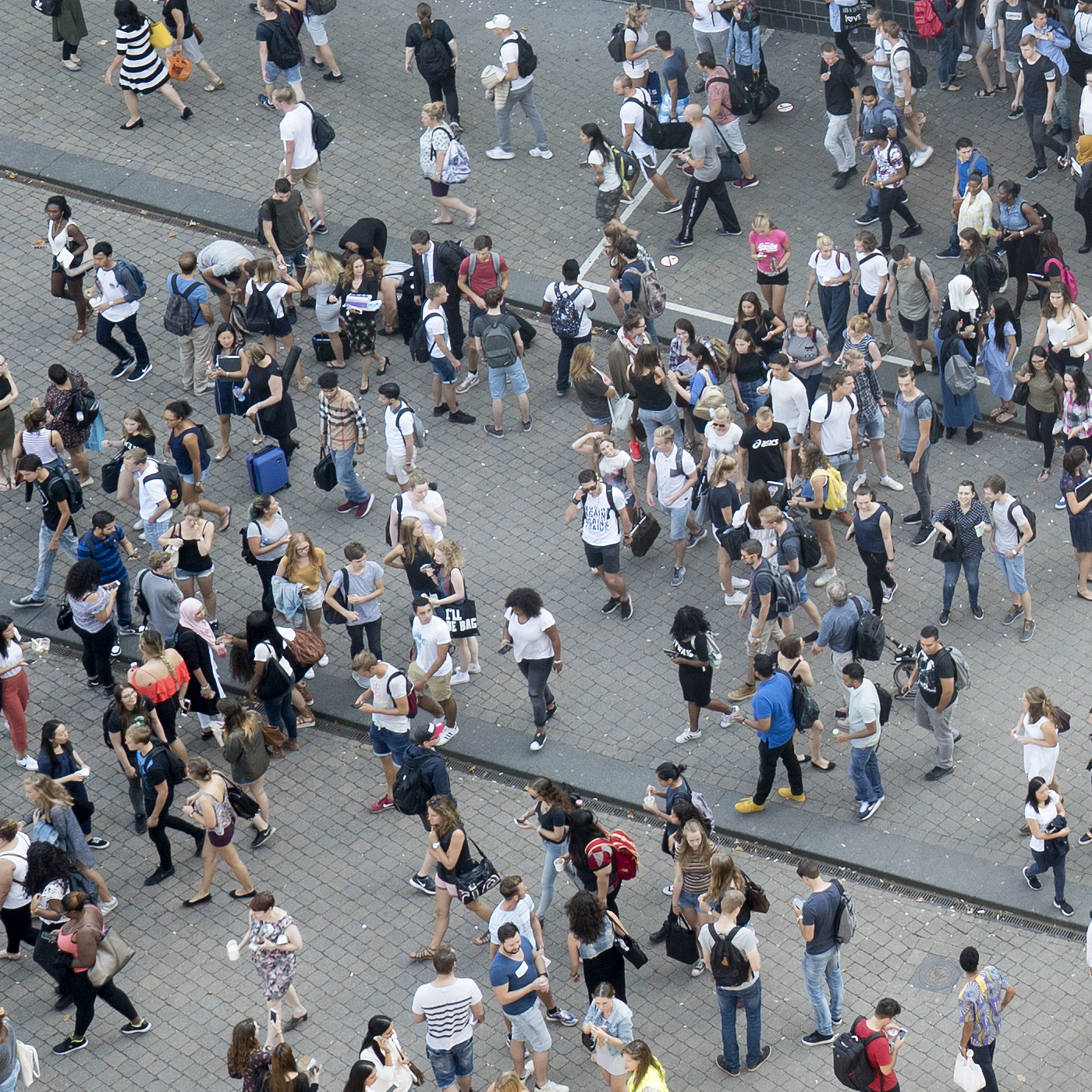 The government of the municipality of The Hague has a strong need to bridge the gap between government and population. This relates to the political trend towards a participatory society where citizens increasingly take responsibility for their own wellbeing and that of their fellows. The question here, is how to stimulate and facilitate citizens to do this. How can the municipality meet the needs of citizens? What needs to be changed to make sure citizens feel at home and involved in their neighbourhood?
The government of the municipality of The Hague has a strong need to bridge the gap between government and population. This relates to the political trend towards a participatory society where citizens increasingly take responsibility for their own wellbeing and that of their fellows. The question here, is how to stimulate and facilitate citizens to do this. How can the municipality meet the needs of citizens? What needs to be changed to make sure citizens feel at home and involved in their neighbourhood?
In collaboration with the Social Design Lab and with students from The Hague University of Applied Sciences, we explored solutions in service design that invite inhabitants to participate in thinking and doing in their neighbourhood.
The principals of this project are the district directors Anita Vos of Leidschenveen/Ypenburg and Marc Prins of Centrum. For these district directors, it is essential that citizens relate to what is developed and organised in their neighbourhood. Managerial ambitions on topics such as quality of life, safety and security, housing, work, participation, youth, and education, all must relate to – or be supplemented with – the ambitions of inhabitants. The politicians in The Hague focus on ‘Haagse Kracht’: “Trusting on the ‘power of The Hague’ means collaborating on what is important for the neighbourhood where you live and work. […] The neighbourhood programmes are a starting point but also dynamic documents. In dialogue with all involved partners, we yearly look at the current affairs and adjust our activities.” (Tom de Bruin, District alderman, in: Wijkprogramma 2016-2019 Stadsdeel Leidschenveen/Ypenburg).
The collaboration with students from The Hague University of Applied Sciences – Communication and Multimedia Design – has delivered a number of concepts for new service that can be initiated in and by these neighbourhoods to support and stimulate the involvement and participation of youths and young families.


